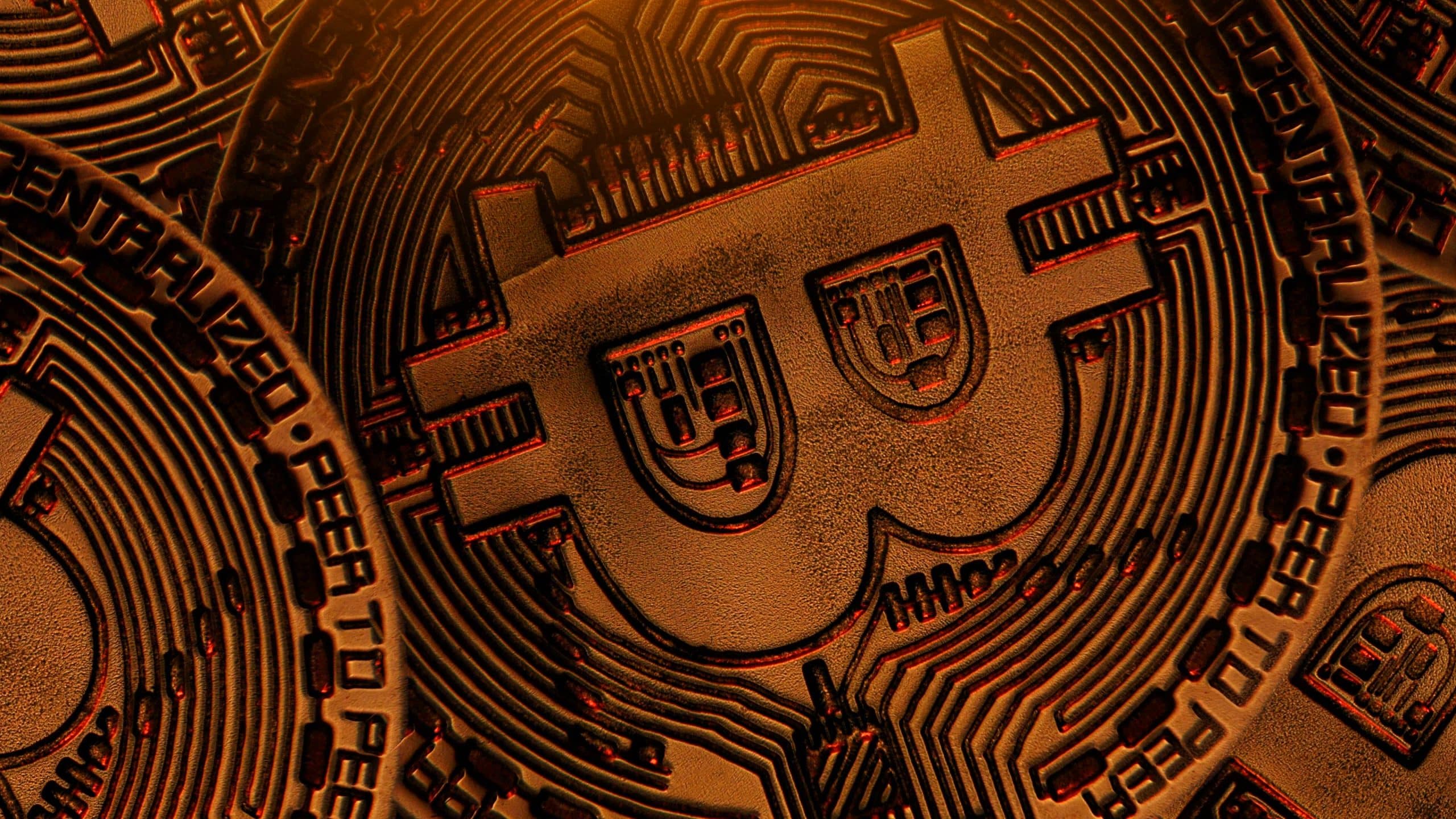The evolution of energy systems is an ongoing process. It’s driven by the need to meet increasing energy demands, make energy access more equitable, reduce environmental impacts, and adapt to changing technology trends. Distributed energy systems, specifically microgrids, have emerged as a promising solution to these challenges. But how exactly are microgrids contributing to the decentralization of energy production and distribution? Let’s delve into it.
The Concept of Microgrids
Before we understand how microgrids are revolutionizing the energy sector, it’s essential to know what they are. A microgrid is a localized group of electricity sources and loads that can function independently or in conjunction with the traditional grid. It’s like having a small-scale power plant that can serve the energy needs of a specific area, be it a single building, a neighbourhood, or an entire city.
Dans le meme genre : Can Blockchain Technology Ensure Transparency and Traceability in the Food Supply Chain?
Microgrids are equipped with advanced control systems that allow them to seamlessly switch between grid-connected and islanded modes. This means they can continue operating even if the main grid fails, ensuring uninterrupted power supply.
Microgrids are not a new concept; they’ve been around for decades. However, the advent of renewable energy technologies, energy storage systems, and smart grid solutions has significantly enhanced their capabilities and made them a crucial player in the energy transition.
Dans le meme genre : What are the recent developments in the field of chatbots ?
Microgrids and Decentralization of Energy
Decentralization of energy production and distribution is one of the most profound shifts happening in the energy sector. It involves moving away from large-scale, centralized power plants that serve vast regions towards smaller, localized energy systems that serve specific communities.
Microgrids are at the forefront of this transformation. By generating power close to the point of consumption, they help reduce transmission losses, improve energy efficiency, and ensure reliable power supply. They also enable better integration of renewable energy sources, thus promoting greener and more sustainable energy systems.
Moreover, as microgrids are often owned and operated by communities, businesses, or individuals, they democratize energy systems. They give consumers the power to generate their own electricity, control their energy consumption, and even sell excess power back to the grid. This not only reduces dependence on utility companies but also encourages responsible energy use.
Microgrids and Grid Resilience
Microgrids play a crucial role in enhancing grid resilience. They can disconnect from the main grid during outages and continue providing power, effectively acting as a reliable backup. This is particularly beneficial in regions prone to natural disasters or in critical infrastructure like hospitals and data centers where power interruption can have severe consequences.
Microgrids also help in balancing the grid. With their ability to quickly ramp up or down their power output, they can respond to fluctuations in demand or supply, preventing grid instability and blackouts. Additionally, their distributed nature makes the energy system less vulnerable to single-point failures.
Microgrids and the Integration of Renewables
Renewable energy is a key component of the energy transition. However, integrating renewables into the traditional grid can be challenging due to their intermittent nature and the need for advanced control systems to manage their output.
Microgrids, with their advanced control capabilities, can effectively integrate a variety of energy sources, including renewables. They can manage the variability of renewables, store excess energy, and use it when needed. This allows for a greater penetration of renewables into the energy mix, reducing reliance on fossil fuels and decreasing greenhouse gas emissions.
Microgrids and the Future of Energy Systems
Looking at the various benefits of microgrids, it’s clear they are a vital part of the future energy landscape. They not only decentralize and democratize energy systems but also enhance their sustainability and resilience.
As the cost of renewable energy technologies and energy storage systems continues to drop, microgrids will become even more prevalent. They will facilitate the transition to a low-carbon economy, support electrification efforts, and contribute to energy security and equity.
Microgrids are more than just a technology; they represent a new way of thinking about and managing energy. They exemplify the shift from a supply-centric to a demand-centric energy paradigm, where consumers are active participants rather than passive recipients. They are transforming our energy systems, making them more democratic, efficient, reliable, and sustainable.
In the face of increasing energy demands, climate change, and technological advances, the role of microgrids will only grow. They are not just contributing to the decentralization of energy production and distribution; they are leading it.
The Role of Microgrids in Energy Accessibility
With a significant proportion of the world’s population still without access to reliable electricity, the relevance of microgrids in increasing energy accessibility cannot be underestimated. Microgrids have the potential to provide affordable and reliable energy to remote, off-grid communities, thus helping to bridge the energy divide.
Microgrids do not require expensive and extensive transmission and distribution infrastructure, which makes them an ideal solution for rural and remote areas. They can be powered by locally available renewable energy sources like solar, wind, or small-scale hydropower, making them a sustainable and self-sufficient energy solution.
Furthermore, microgrids can be community-owned and operated, which not only gives communities control over their energy supply but also stimulates local economic development. Community members can be involved in the installation, operation, and maintenance of the microgrid, creating jobs and building local capacity.
Microgrids also offer a scalable solution. They can start small, serving a few households or a single community, and expand as demand grows or resources allow. This makes them a flexible and adaptable solution that can evolve with the community’s needs.
Microgrids and Electric Mobility
The transportation sector is undergoing a significant transition, with electric vehicles (EVs) expected to replace fossil fuel-powered vehicles in the near future. Microgrids can play a significant role in supporting this transition by providing reliable and sustainable power for EV charging.
Microgrids equipped with renewable energy sources and energy storage systems can serve as local EV charging stations. They can charge vehicles during the day using solar power and store excess energy for charging at night or when solar power is unavailable. This can help reduce peak demand on the main grid and ensure a reliable power supply for EVs.
Moreover, EVs can also serve as a form of energy storage for the microgrid. When connected to the grid, they can feed power back during times of high demand or when renewable energy generation is low. This bidirectional flow of energy can help balance the grid and increase its efficiency and stability.
Conclusion
In the quest for decentralized energy systems, microgrids have proven to be an invaluable asset. Their versatility, resilience, and adaptability make them fit for a variety of applications, from enhancing grid reliability to supporting renewable integration and electric mobility. They can also play a vital role in increasing energy accessibility, particularly in remote and off-grid communities.
As technological advancements continue to drive down the cost of renewable energy and energy storage systems, the deployment of microgrids is expected to accelerate. They represent not only a pathway to a more sustainable and resilient energy future but also a means to democratize energy systems, empowering communities, businesses, and individuals to take control of their energy production and consumption.
The role of microgrids goes beyond simply contributing to the decentralization of energy production and distribution. They are fundamentally reshaping our energy systems, paving the way for a more democratic, efficient, reliable, and sustainable energy future. As we navigate the complexities of the energy transition, the importance of microgrids will only continue to grow.
















